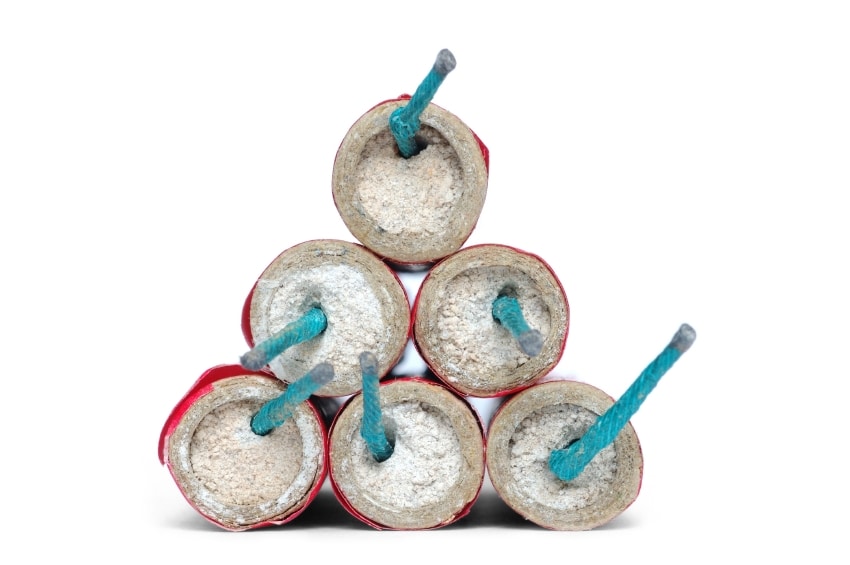Clients start talking 6-12 months in advance of a show about what they will be demonstrating. It’s during this initial planning that an internal tug-of-war can start to happen. Some team members want to show off new products or features that will simultaneously be available to customers. Others want to unveil more futuristic demos of solutions that have a big “wow” factor and will get the undivided attention of press, but that aren’t necessarily going to be available in the market any time soon.
It’s a tough decision. Show a meaningful demo of something that addresses a customer’s needs today and can also be purchased now (or very soon)? Or unveil some groundbreaking innovation that leapfrogs what you’re currently offering and has no GA date?
For a lot of our clients, and particularly those headed to mega-sized shows like CES and NRF, we suggest they do both. The real-world, meaningful demo sends a strong message to clients: “We understand your needs right now and are evolving our product and services to better meet them.” Showing the flashy, out-there demo sends an equally important message:
“We know where the market is headed and have the vision, technology aptitude, and resources to help take it there. Be amazed.”
In terms of customer response, you can bank on the shiny, futuristic demo to get their attention in a big way at the show. But it’s the available-now products they’ll be calling to learn more about after the show floor has closed and they’ve gone home.
If you have the resources to do both types of demos, you’ll be able to enjoy a burst of attention at the show followed by a steady stream of leads in the following weeks.

